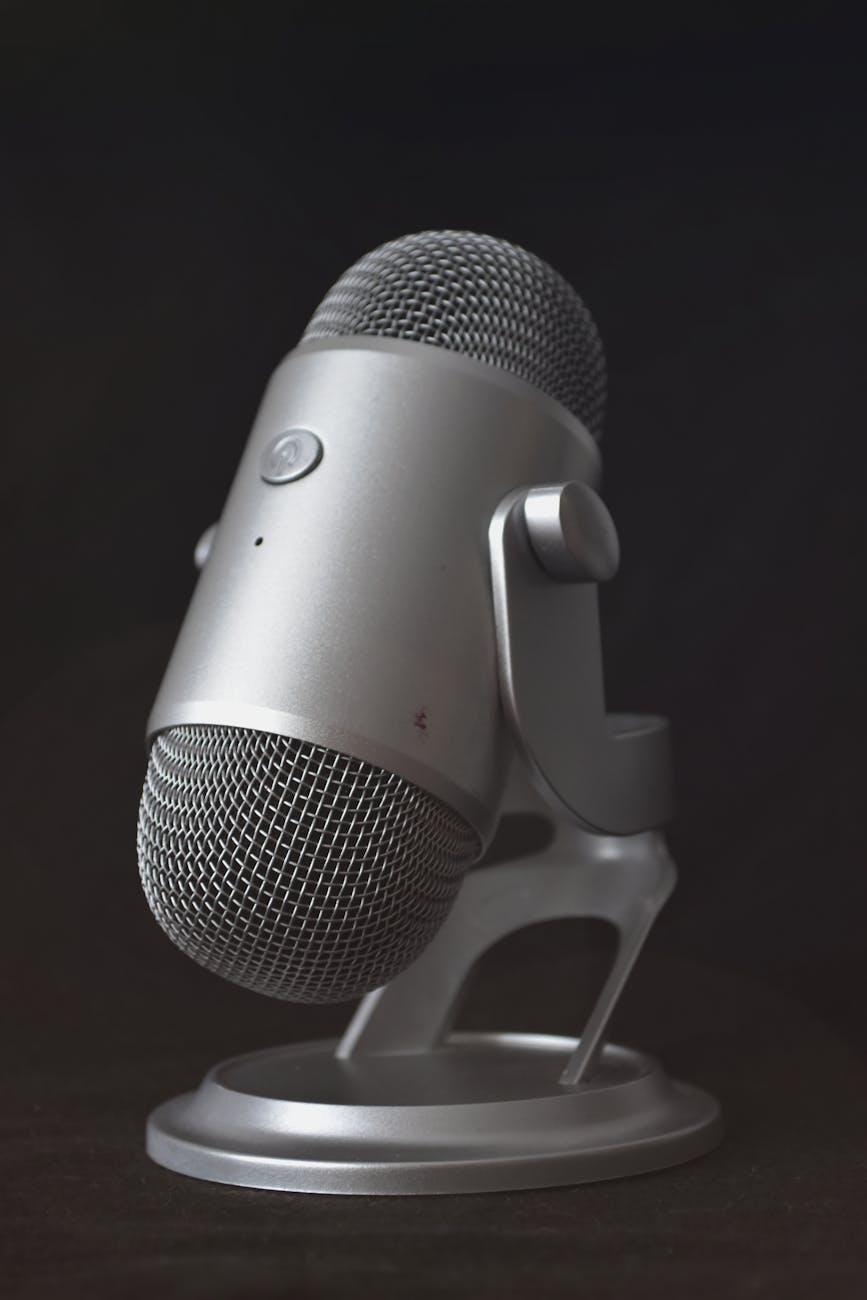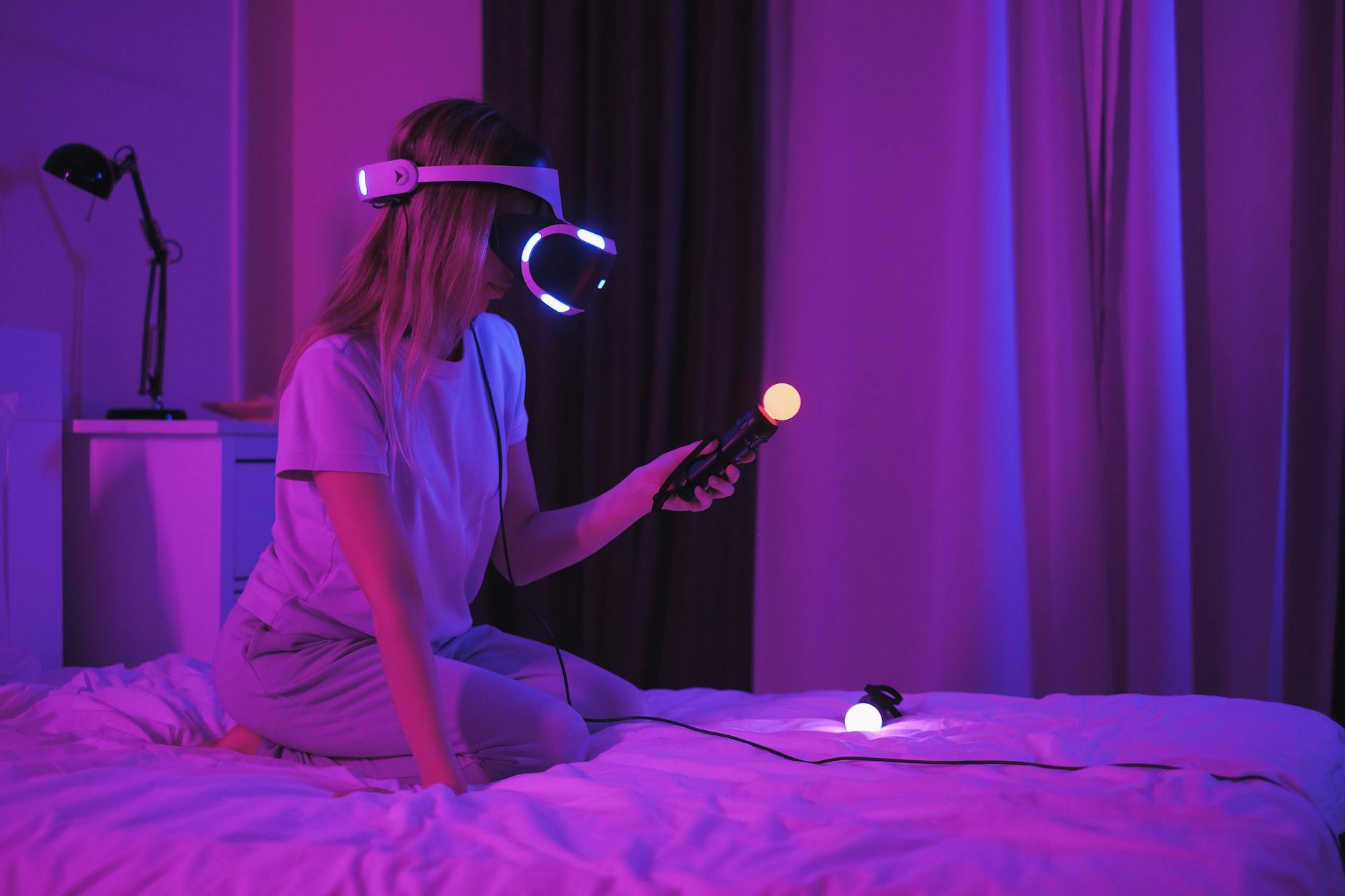Vivid Light Photography Online. One of the more confusing topics for image fixing is this Unsharp Mask.
That has got to be one of the most confusing names for a feature. It actually means sharpening the image by wiggle it. Also confusing are the paramenters. There is percentage (between 100-250% with 100% as a starting point), radius (1 as a starting point) and threshold (1 as a starting point).
“Scantips”:http://www.scantips.com/simple6.html has a better explanation that has slightly different recommendations. Radius at 1.0 is common, but it says threshold tells you how smooth the image should be. Low values sharpent more, higher value are for things like faces (5 or more) with objects at 0 or 1 and general work at 3-4. Also says amount should be between 80-120
I’ve read the description three times and still can’t figure out what it does.
Radius controls how wide the edge rims become, and Radius = 1.0 is about the right ballpark, with 0.6 to 2.0 often being useful. Higher Radius values can cause halos at the edges, a detectable faint light rim around objects. Radius units are not the same as pixels, the units step in tenths, but the Radius width is usually at least 4 pixels overall, you will see various effects. Radius is a very important parameter, and the easiest way to ruin a good scan is with too much Radius. Inanimate objects can use the most radius, human faces can tolerate the least, and landscapes fall in between. But it really depends on the size of the details. Fine detail needs a smaller Radius, or else you may obliterate tiny detail of the same size as the Radius width. Large images have larger detail (more pixels involved) and can use more Radius, so therefore printing at higher resolution can support the larger radius. Radius and Amount interact, reducing one allows more of the other.
Threshold specifies how far apart adjacent tonal values have to be (values of 0..255) before the filter does anything to the edges, before it is judged to be an edge at all. This lack of action is important to prevent smooth areas from becoming speckled. Low values should sharpen more because fewer areas are excluded. Higher threshold values exclude areas of lower contrast. Human faces want values greater than 1 or 2, like perhaps 5 or more. For inanimate objects, perhaps 0 or 1 is useful. General work, try 3 or 4. This control has little effect at high values, but has more effect changing between low values of 0 to 5. This Threshold is not to be confused with Line art Threshold.
Amount is like a volume control, exaggerating the edge differences (how much darker and how much lighter the edge borders become). Amount interacts with Radius as to degree of sharpening, but it does not affect the width of the edge rims. Amount has a large effect, and values of 80 to 120 are normally usable if the Radius isn’t too large.
Unsharp Mask
Published by
on
Hello,
I’m Rich & Co.
Welcome to Tongfamily, our cozy corner of the internet dedicated to all things technology and interesting. Here, we invite you to join us on a journey of tips, tricks, and traps. Let’s get geeky!
Let’s connect
Join the nerds!
Stay updated with our latest tutorials and ideas by joining our newsletter.





